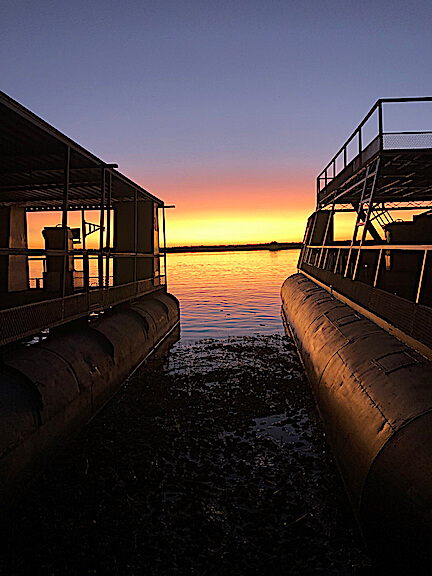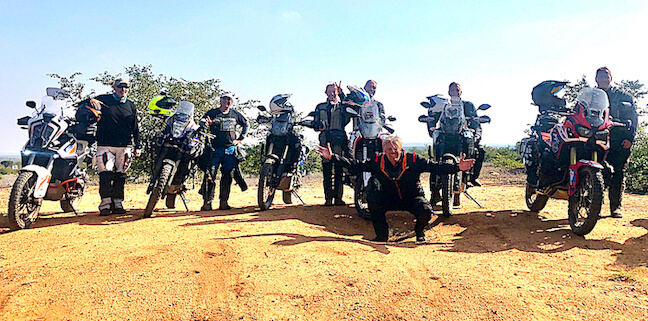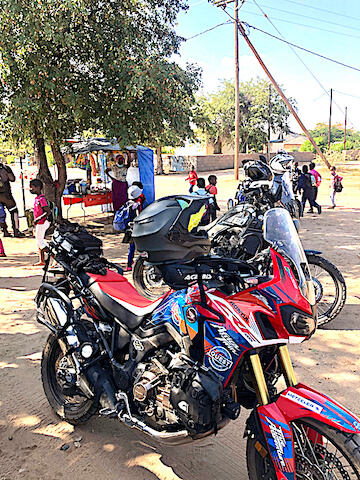A growing trend

Many years ago I assisted in the Southern African leg of a trip known as “Long Way Down”. It was a dream come true for actors Ewan McGregor and Charley Boorman and it was a new concept. They started in John O’ Groats and traversed the Eastern side of Africa ending in Cape Town.
The BMW bikes were heavily kitted out and they had a full film and support crew with them. This trip was in some respects the beginning of a trend. And saw much growth in the arena of dual sport and adventure bikes. Yes, people raced in the Paris Dakar and other races such as the roof of Africa and The Desert race held annually in Botswana but the area of adventure tourism was a new one.

So let’s look at the bikes, some riders use the term dual-sport and adventure interchangeably. Others believe that there are clear differences. With the wide variety of bikes on offer that you can use off-road and on tar, how do you select a suitable bike for your needs?
Chatting to a few folks with the knowledge it came through that dual sport bikes are generally small and lighter with smaller engines ( around 650cc ). Dual-sport bikes fare better off-road. Adventure bikes being larger with bigger engines and more electronic equipment are more suited to tar and good gravel roads

So then the differences are somewhat academic. Both categories can go on and off-road with the heavier adventure bike being more suitable for faster touring on tar. Southern Africa is internationally known for having some of the greatest routes around. The fact that international Dakar teams come and train in Namibia bears testimony to that. A category not mentioned is that of the dirt bike or “scrambler” these a pure off-road bikes and can tackle very technical terrain. That being said makes a dual-sport hybrid between a dirt bike and an adventure bike. So whatever you choose nothing is cast in stone and the lines are blurring. You can modify a dirt bike to make it street legal and license it as well as modify the suspension on an adventure bike to get longer wheel travel, this will improve off-road performance.
Whatever you do your first port call should be proper training before you head out. Look at https://adasa.co.za/ they offer a variety of skills courses.

Then your next investment should be in proper protective gear. Decent gloves, boots and a suit. Invest in a good helmet. Service your bike regularly to avoid incidents and keep it balanced. Don’t remove one pannier, take them both off and invest in quality panniers that will protect your valuables such as phones and photographic equipment.

Once you are ready go out with a small group and get out for a day run. One of the favourite spots for folk from Johannesburg and Pretoria is the Breedts Nek pass which we recently featured, people stop at the summit, brew coffee and enjoy breakfast. A group that I know does it once a month. It is exhilarating and fun to be in the fresh air. A good friend of mine has recently started taking groups of overseas guests who bring their bikes and kit with them and travel through Zimbabwe, Botswana and parts of Zambia. He leaves soon with a group from Australia. These are 5-star trips with excellent accommodation and a wide variety of activities. And the beauty of it is the fact that you get to see wildlife from the saddle. Lastly, if you have a bike look at our Dirtsure policy at https://ccic.co.za.


